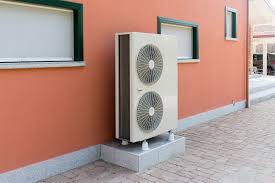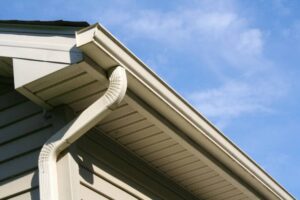When you purchase the installation of a heat pump, correct installation is vital for optimal efficiency and durability. Assessing the quality of a heat pump (tepelné čerpadlo) installation involves evaluating the various factors that will ensure you receive a system that operates efficiently and efficiently. Here’s what you need to be aware of:
1. Professional Credentials:
The first step to evaluate the performance of a heat pump installation is to check the credentials of the contractor. Verify that they are licensed, insured and certified by relevant industry organizations, such as the North American Technician Excellence (NATE) or similar organisations. Professionals who are certified will be more likely to adhere to the industry’s standards and best practices.
2. System Sizing:
Proper system sizing is essential for efficient operation. A large or inadequately sized heat pump could cause an inefficiency, higher energy bills and a decrease in quality of life. Installers should conduct an extensive load calculation, usually using the Manual J method to determine the right size for your home, based on factors like insulation windows, insulation, and climate conditions.
3. Quality of Equipment:
Examine the quality of the heat pump itself. Reputable brands typically offer better reliability and performance. Check for the SEER (Seasonal Energy Efficiency Ratio) and the HSPF (Heating Seasonal Performance Factor) ratings. Higher ratings generally indicate efficient systems. Also, ensure the equipment is installed in accordance with the specifications of the manufacturer.
4. Installation Practices:
A proper installation procedure is essential. The heat pump must be placed in a level position and securely placed. Ductwork should be properly sealed and insulated to avoid loss of energy. Make sure that refrigerant lines are correctly size and are sealed. Incorrect installation could lead to problems like leaks of refrigerant or reduced efficiency. It could also cause the system’s failure before it’s time.
5. System Testing:
After installation, a professional installer will carry out extensive system testing. This includes monitoring the refrigerant levels and checking the electrical connections and ensuring the thermostat operates correctly. The system should be tested in both cooling and heating modes to verify that it functions effectively.
6. Post-Installation Support:
The best installers provide support after installation. They must provide clear and concise guidelines for managing and maintaining the heat pump, and be available for any issues that arise after installation. A reputable contractor should also provide a guarantee on the equipment as well as the installation work.
7. Customer Reviews and References:
Lastly, seek out reviews from customers and ask for references. Customers from the past can give insight into the installer’s reliability as well as their overall satisfaction. A reliable contractor will have positive reviews and will be willing to provide references.
Assessing the quality of a heating system involves a combination of checking credentials, ensuring that the proper size is used and installation procedures, as well as checking the system’s performance. By paying attention to these factors you can be sure that your heating system runs efficiently and gives reliable comfort for the years to come.



